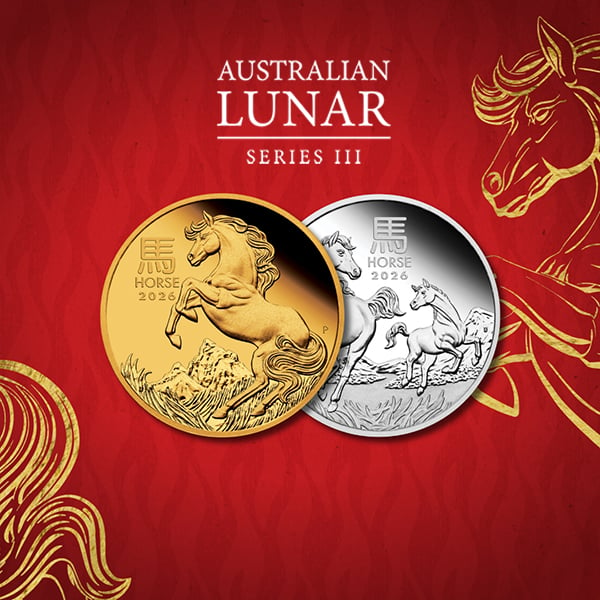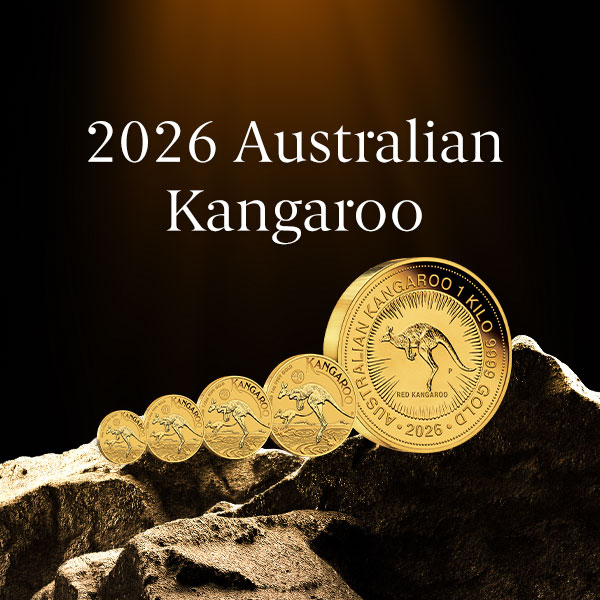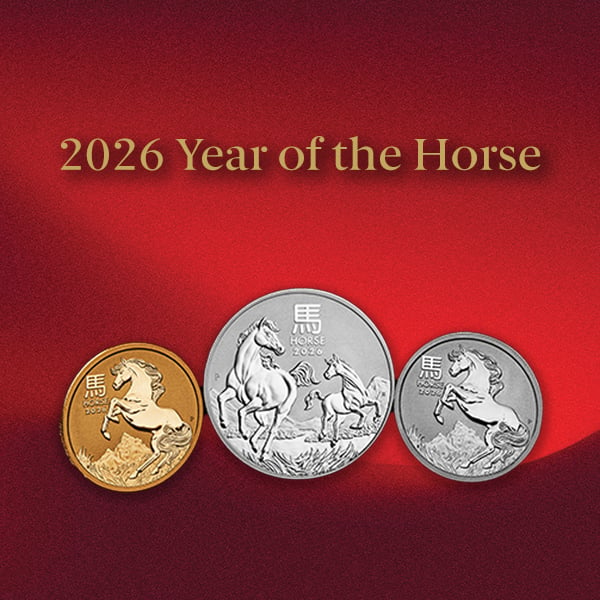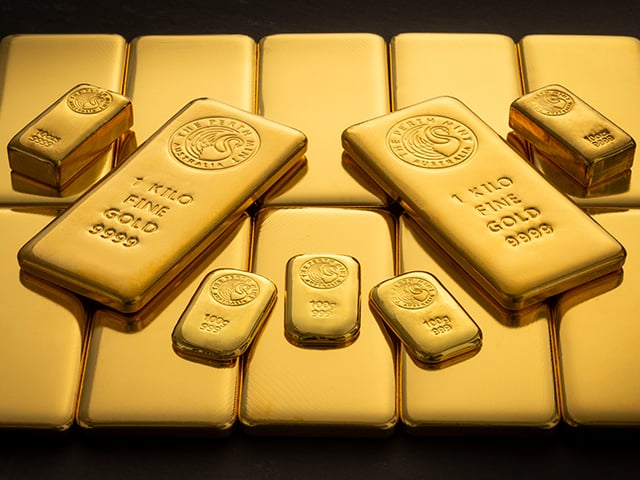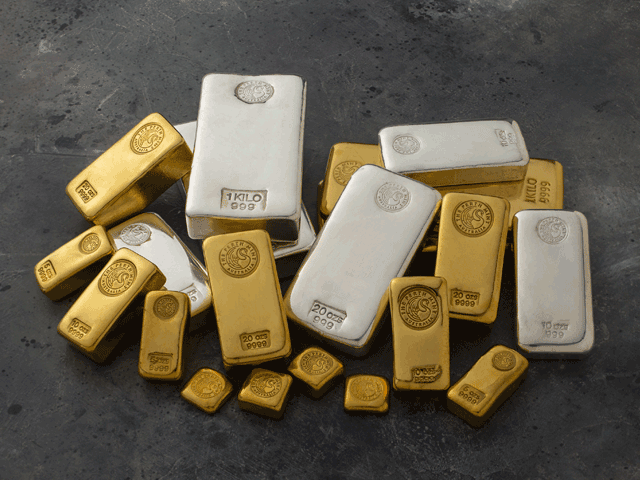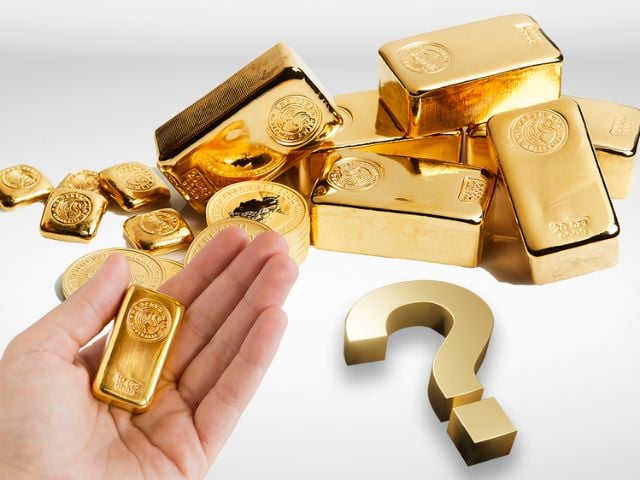Why gold can be a low cost investment
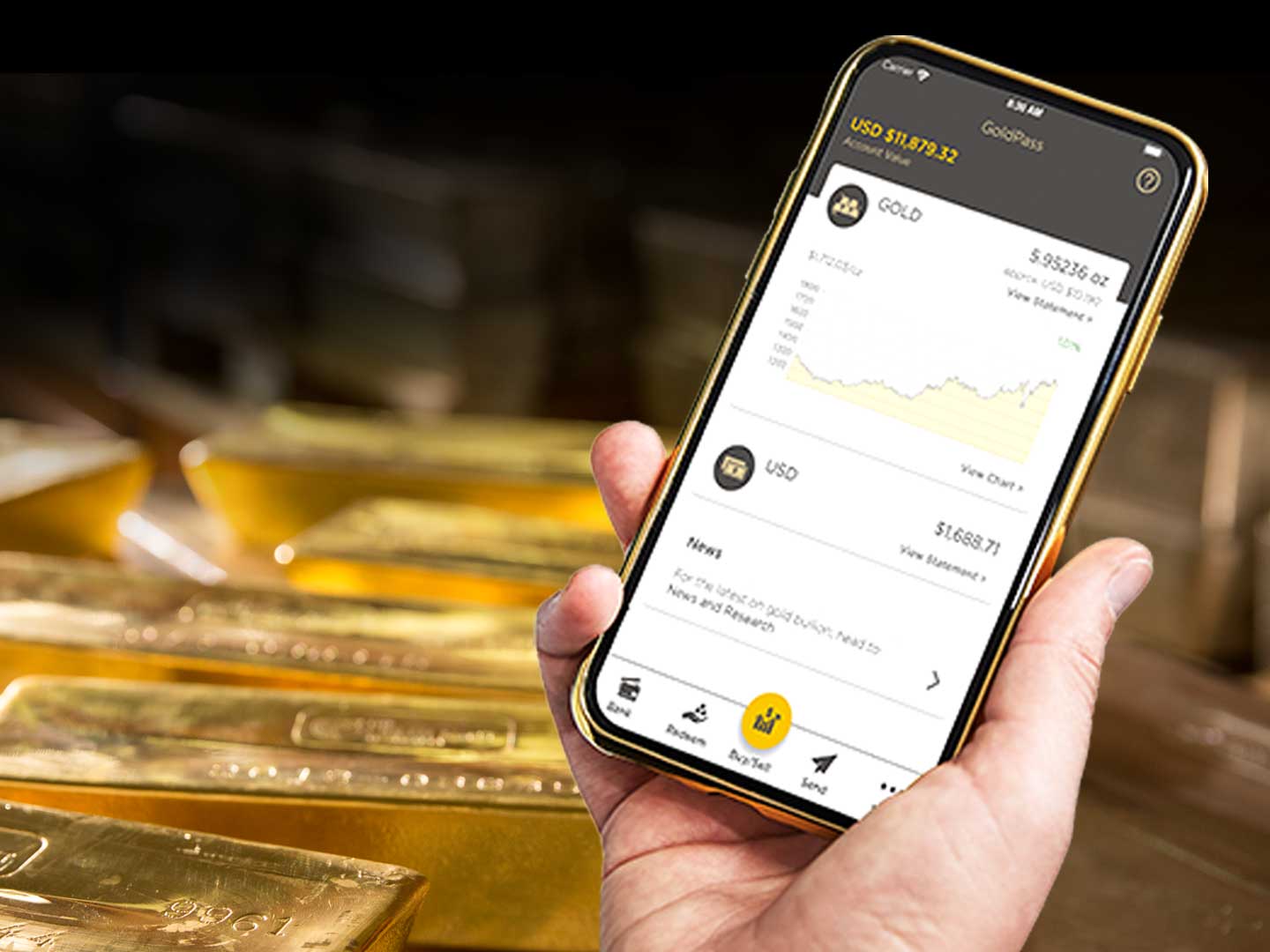
Most analysis of gold as an investment looks at its ability to deliver strong long-term returns, its outperformance in low interest rate environments, its ability to protect against inflation, and its hedging qualities whenever stock markets fall.
Another important feature of gold that is worth investors' considering is its cost. Note that in this context, when we refer to cost, we aren’t talking about the cost per troy ounce (which has risen by over 10% per annum to over AUD 2,700 per troy ounce in the 15 years to end March 2020), but instead the cost of storing the metal over time.
When looked at in this context, investors will see that gold is a very cost-effective asset class to include in their portfolios, with storage fees that are lower than the management costs of most other asset classes.
As an example, unallocated gold purchased through The Perth Mint has zero storage cost, meaning investors pay a fee to buy and a fee to sell their gold, but no other fee for the duration of their investment, even if they plan to hold it for decades.
By way of comparison, according to an article in Selecting Super, Rainmaker (a research house specialising in superannuation and financial services) estimates that the average Australian pays 1.23% per annum in management and administration fees for their superannuation investments.
Over a decade, the difference in these fees are profound, as you can see in the table below, which is based on a AUD 100,000 investment into either gold or superannuation. Note that the table assumes a 1% cost to buy and a 1% cost to sell gold but zero storage costs for the gold over the 10 years. It also assumes a zero buying and selling fee for superannuation (in practice there can be fees for this), but an annual charge of 1.23% on the superannuation assets.
The assumed gross rate of return for both investments is 8% per annum, with the total differential coming to almost AUD 20,000 over a 10-year period.
Investment year
Superannuation (AUD)
Gold (AUD)
1
$100,000
$100,000
10
$192,527.35
$211,569.24
Source: The Perth Mint
Another way of looking at the cost-effectiveness of gold is by looking at the exchange traded fund (ETF) market. The following table highlights the average management expense ratios (MER) for a range of ETFs offering exposure to alternative assets like foreign currency, infrastructure, commodities and global equities. It also shows the average MER of hedge funds based on a detailed survey from Ernst and Young, as well as the MER for PMGOLD, The Perth Mint’s ASX listed gold product.
Average management expense ratios for popular ETFs
Investment products
Management expense ratios (%)
Hedge funds
1.94
Currency
0.74
Infrastructure
0.67
Commodities
0.51
Global equity
0.54
Average ETF
0.49
PMGOLD
0.15
Source: The Perth Mint, ASX Investment Products December 2019 update, Ernst and Young 2018 Global Alternative Fund Survey
The table highlights the fact that at 0.15%, the MER of PMGOLD is very low, less than one third of ETFs as a whole, putting gold at the very low end of the spectrum from a cost perspective.
This is beneficial to the end investor who will get to keep more of the return generated by gold for themselves, rather than paying it away in product fees.
Gold’s low cost, as well as other non-performance related attributes like its high liquidity and accessibility, will continue to drive demand going forward, especially as market pricing suggests we will remain in a low real interest rate environment for years to come.
DISCLAIMER
Past performance does not guarantee future results. The information in this article and the links provided are for general information only and should not be taken as constituting professional advice from The Perth Mint. The Perth Mint is not a financial adviser. You should consider seeking independent financial advice to check how the information in this article relates to your unique circumstances. All data, including prices, quotes, valuations and statistics included have been obtained from sources The Perth Mint deems to be reliable, but we do not guarantee their accuracy or completeness. The Perth Mint is not liable for any loss caused, whether due to negligence or otherwise, arising from the use of, or reliance on, the information provided directly or indirectly, by use of this article.
